
Model based condition monitoring systems are based on mathematical models of the equipment’s operation to calculate, based on the measured data, the time and frequency of equipment failures. To monitor the mechanical properties of a machine’s equipment, the ability of a monitoring system to perform condition monitoring is crucial. On the whole, electronic and mechanical equipment have different strengths in terms of condition monitoring ability. The reliability of mechanical equipment, especially equipment with moving parts, is more dependent on the precision of the monitoring system’s calibration. A wireless or wireless/wireless monitoring system with low-cost monitoring equipment and telemetry can provide much more reliable information than the real-time status of equipment, which can in turn affect the quality of manufacturing
Understanding Model Based Condition Monitoring
Modern machinery and industrial equipment have many sensors and modems that sense and transmit information to computers for analysis. In many industrial applications, it is desirable to have a model that can accurately predict the operating state of a component. This allows the design of the system to include acceptable levels of performance, so as to minimize the risk of failure or catastrophic failure, and also to permit operating at the desired peak level, provided the necessary safety margin is built into the design.
Model-based condition monitoring systems allow machine manufacturers and maintenance personnel to make predictive maintenance decisions about equipment usage and maintenance strategies to avoid unplanned downtime. It also provides crucial information for determining the ultimate cause of equipment failures and can assist in the planning of preventive maintenance. In addition, model-based condition monitoring systems provide invaluable information on energy consumption and production.
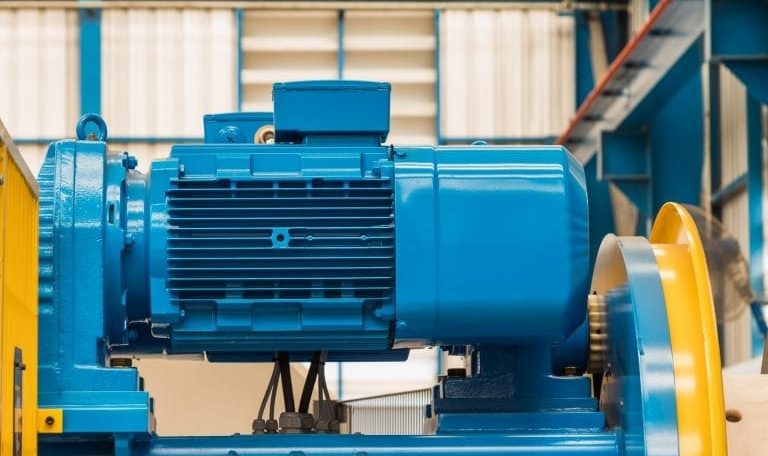
Model based condition monitoring systems allow machine manufacturers and maintenance personnel to make predictive maintenance decisions about equipment usage and maintenance strategies to avoid unplanned downtime.
Rotary Machinery & Industrial Applications
It is important to understand that temperature compensation is necessary for all these processes to ensure the smooth operation of the machinery. Since temperature rises and falls frequently in all industrial environments, monitoring rotary machinery is imperative to early warning of impending equipment failure and reduce unplanned downtime. To understand the problem of rapid thermal fluctuations and deliver control, manufacturers rely on model-based condition monitoring that can collect data on critical characteristics and detect problems or anomalies in the critical regions of the machinery. For more reading please click link.
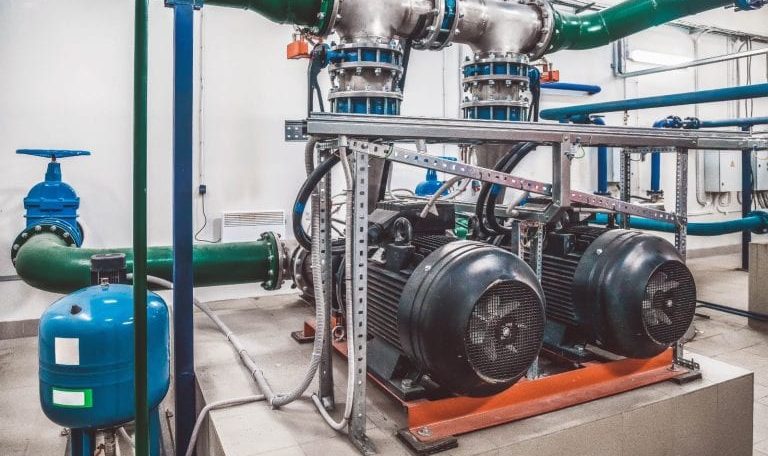
Pre-detection of manufacturing errors and failures before they occur is important to avoid severe damage and loss of production.
Pre-detection of manufacturing errors and failures before they occur is important to avoid severe damage and loss of production. The simulation of a process allows the prediction of probable process behavior. Such predictions can be used to monitor and control process operations in real-time. A very common example of this application is the existing fact that the performance of some rotating equipment (such as flywheels) can be greatly improved by simulating the operation of these devices with a model. In a recent review of this area, it is interesting to note that there are essentially two sources of machine data for measuring machine operation: the measuring device itself and the monitoring system.
Conclusion
The manufacturing industry is steadily embracing model-based condition monitoring systems as highly valuable assets. It is because of some key reasons. A model-based condition monitoring system can help achieve the following objectives and address the challenges:
- To predict failures in production systems based on data collected from various sources
- To develop preventive maintenance schedules based on this predictive assessment to avoid costly downtime
- To develop preventive maintenance schedules based on this predictive assessment to avoid costly downtime
- To analyze production equipment for normal, defective and high-risk conditions based on data collected from various sources and add them to the model-based condition monitoring system to obtain actionable warnings and provide data to recommend effective maintenance schedules.
If you have any queries related to the model based condition monitoring system, please let us know.





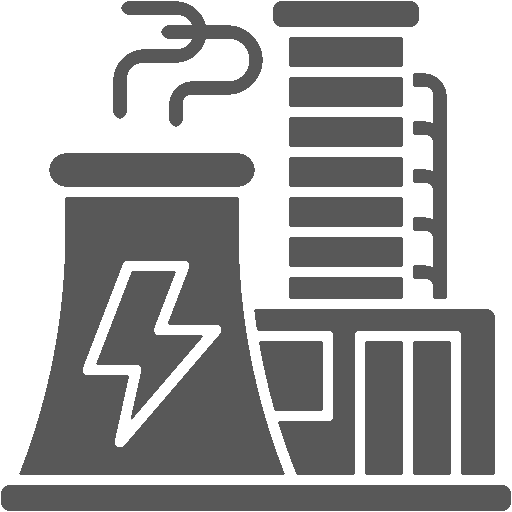
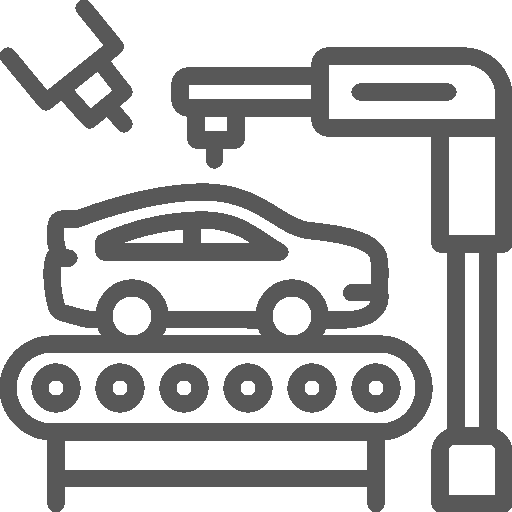




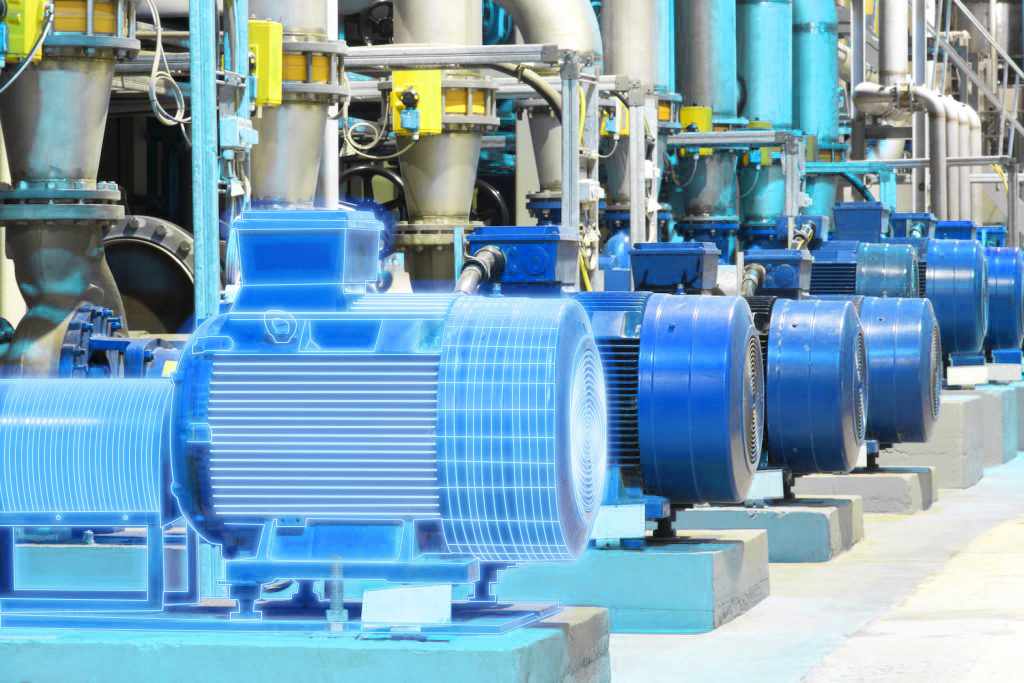
 White Papers
White Papers Case Study
Case Study Documents
Documents Webinars
Webinars Events
Events ROI Calculator
ROI Calculator FAQ
FAQ